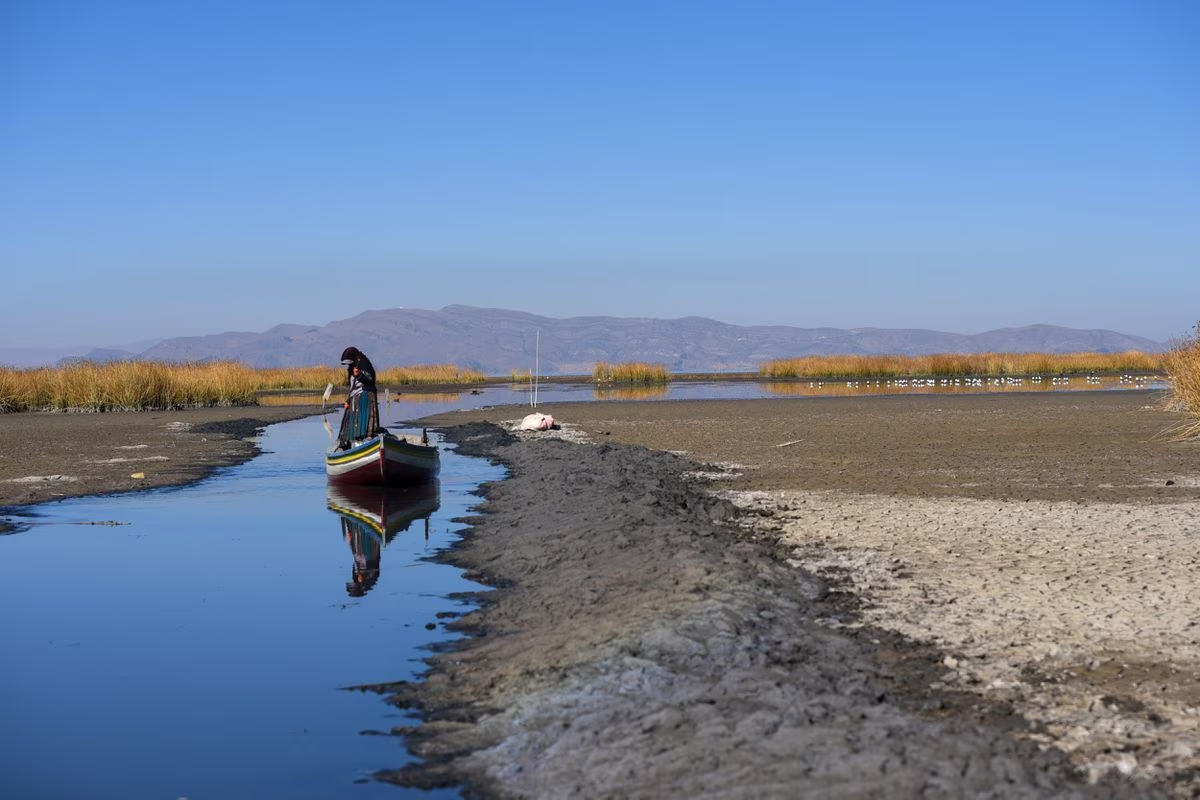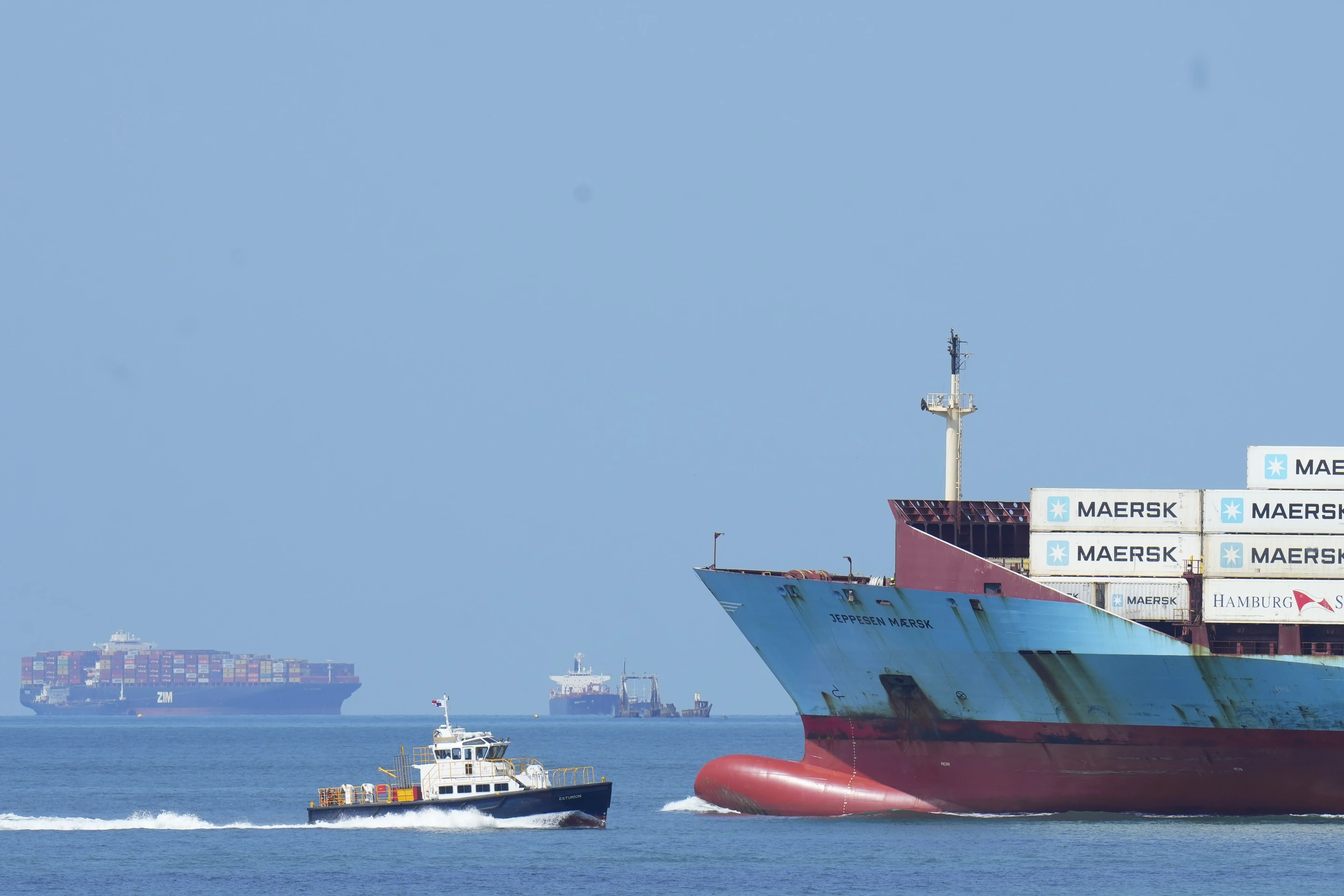
A woman uses an umbrella during an unusual winter period heatwave in Santiago, Chile, August 3, 2023. /Reuters
A woman uses an umbrella during an unusual winter period heatwave in Santiago, Chile, August 3, 2023. /Reuters
South American countries are experiencing an unusually hot winter this year, as heat waves causing record high temperatures across the continent.
At Paraguay's Vallemi airport, temperatures soared to 39.7 degrees Celsius last Thursday, surpassing an all-time high previously recorded in July.
In Argentina, the capital city of Buenos Aires reached a temperature 30 degrees Celsius, breaking an 81-year-old daily temperature record, according to the national weather service. Normally, the highest temperature in the city during this time of year is around 15.6 degrees Celsius.
How local people are affected?
Amidst a surge in temperatures during the winter season, sectors like agriculture, animal husbandry, and tourism in local communities are impacted.
Ecuador, a South American nation renowned for its robust agricultural outputs like bananas, has recently borne the brunt of the heat waves. Ecuador's Association of Banana Growers of El Oro has warned that the country could lose as much as 125,000 acres of production.
The banana sector is particularly vulnerable, while other sectors such as rice and cocoa farming zones along the gulf are also susceptible to the impacts of this climatic phenomenon.
Meanwhile, the inland bay of Lake Titicaca, the largest freshwater lake in South America and the world's highest lake navigable for large vessels in the world, is facing severe water shortages.
Water levels have receded by around 20 centimeters compared to normal periods, falling below the threshold for drought warning alerts. Some areas, in particular, were completely dry, impeding the functioning of boat engines.
Local operators within the tourism sector are worried that the sharp drop in water levels is affecting tourism industry, which is the main source of income for the towns along Lake Titicaca.

A fisherwoman rows her boat through a narrow waterway near the shore of Lake Titicaca in the drought season in Huarina, Bolivia, August 3, 2023. /Reuters
A fisherwoman rows her boat through a narrow waterway near the shore of Lake Titicaca in the drought season in Huarina, Bolivia, August 3, 2023. /Reuters
On Taquile Island, situated on the Peruvian side of Lake Titicaca, inhabitants are coping with an intense drought that led to crop failures.
"We haven't had any rain here since April this year, and the potatoes in the fields are noticeably undersized," Carmela, a native told CMG.
Grass is a primary source of feed for livestock like cattle and sheep. But due to the ongoing drought, nearly all pastures have turned parched and yellow. The scarcity of fodder threatens the survival of their livestock.
While the locals have employed traditional farming techniques suited for challenging climates, such as rainwater storage and rudimentary aqueducts, local environmentalists say that these methods are now inadequate.
The scale of the current situation exceeds the capabilities of these traditional technologies, said Ricardo, a professor of environmental science in Peru.
"What is happening now is much bigger than that, so traditional techniques are not enough and that's why they are suffering so much."

A cargo ship sails toward the Pacific Ocean after its transit though the Panama Canal, as seen from Panama City, August 3, 2023. /AP
A cargo ship sails toward the Pacific Ocean after its transit though the Panama Canal, as seen from Panama City, August 3, 2023. /AP
The situation in Central America is also challenging.
A severe drought in Panama Canal has caused water levels in its main lake to drop well below the usual levels. This led to the implementation of draft restrictions, which limit the maximum depth at which ships can navigate the canal.
Additionally, escalating surcharges for vessels utilizing the canal have resulted in a queue of ships waiting to traverse the waterway.
As a crucial conduit for maritime trade connecting the Pacific and Atlantic Oceans, the canal is now grappling with weight limitations and a cap of 32 daily ship transits. These measures have not only raised transportation costs but have also strained global supply chains.
Will it be hotter?
The unusual phenomenon in Latin America is part of the global trend of unsettling weather patterns. This trend became more evident with July's scorching heat wave, which scorched parts of the northern hemisphere. Distressingly, extreme weather continues into August in many places.
Scientists say the winter heat is largely driven by the climate emergency and the El Niño phenomenon, which is a natural climate pattern contributing to heightened global temperatures.
Currently, the seawater temperature along the equator, extending from the central and western Pacific Ocean to the eastern side, is progressively rising towards the west coast of the American continent, following a typical El Niño progression, according to meteorological experts.
Over the next few months, this situation is expected to intensify, leading to Latin America, including Brazil, experiencing a range of abnormal and contrasting weather patterns.
Other experts pointed out that these conditions are going to normalize in the future.
"What now seems very extreme could gradually become more and more normal in a few years," Martin Jacques, a climatologist and professor at Chile's University of Concepcion told the Euronews.
"The connection between temperature and long-term climate change is much more evident," he said.